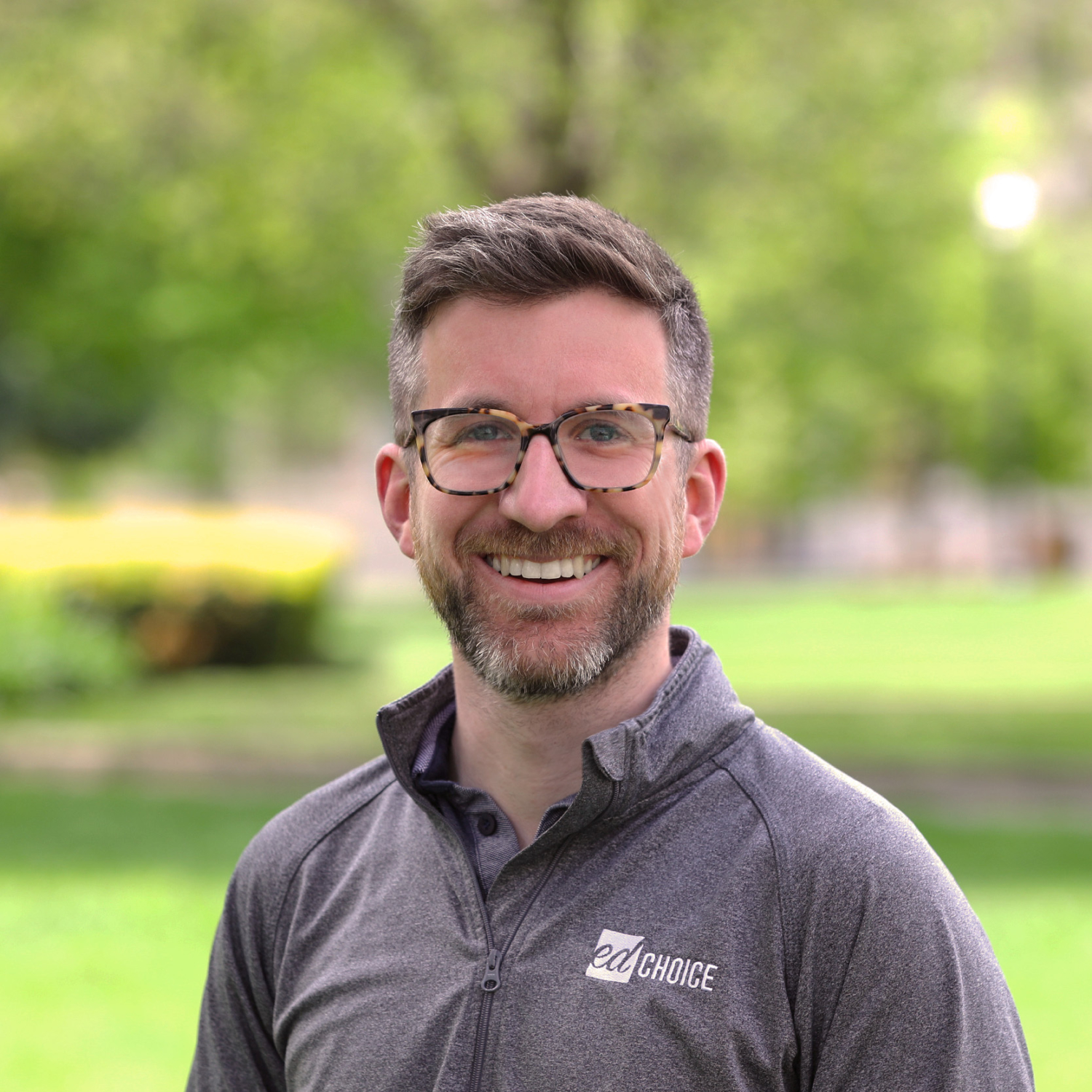Private School Profiles: How the Partnership Schools are Responding to COVID-19
The Partnership Schools operate seven Catholic schools in Harlem and the South Bronx in New York City. They serve more than 2,000 students in two of the poorest Congressional districts in the United States.
As schools across the country transition to digital instruction in the wake of COVID-19, many observers argue that schools serving low-income students will not be able to provide the same level of instruction that wealthier schools will be able to.
The Partnership Schools are working to prove them wrong.
Kathleen Porter-Magee, Superintendent of the Partnership network, took a few minutes out of her incredibly busy day to talk to me about what they are doing and the lessons they have already learned.
At the core, the Partnership Schools are working to stay true to who they are. The Partnership Schools believe that great schools are guided by great curriculum. They are sticking to their curriculum and working to identify the most important elements and focusing on them, making sure that students walk away with the foundational skills and knowledge that they need to keep learning. They might not be able to get everything that they otherwise would in a traditional classroom, but they will get what they need to know.
In order to make sure that information is getting to families, the Partnership Schools surveyed their community to see what technology was available to them, and they continue to survey them to get feedback on the assignments that are being sent home and how well they are working. Individual principals know exactly who has what technology and how materials need to be transmitted in order to be used.
Porter-Magee highlighted three important lessons that they have learned thus far that many other schools could benefit from:
Lesson #1: Focus on the one important thing
“Don’t pretend that you can recreate the classroom environment.” Schools are simply not going to have the same amount of time, the same structures, and the same connection with kids spread out in their homes that they will in their normal school building. Don’t worry about that. You can’t do everything.
Porter-Magee and her schools are working to identify the key elements in their curriculum that students have to know in order to keep progressing forward. They are using the statement, “If students don’t get this..” as a guide. What are those key facts, concepts, and skills that they simply have to have. Focus on those, ensure that students are mastering them, and leave the rest of the stuff for later.
Lessons #2: Not all tech is hi-tech
Tech-savvy schools across the country are using any number of digital platforms to host classes and transmit content to students. Less affluent schools do not have access to these same tools. Similarly, families might not have the hardware or internet bandwidth to utilize them. Telling every school to host Zoom classes with all students learning synchronously is just not an option.
The Partnership Schools have been able to use digital tools to communicate with parents and students, and even host classes and events, but they are using platforms that are close to ubiquitous in their school communities.
Just about everyone has Facebook, Instagram or both. Both platforms allow users to host live events that others can comment on and ask questions. The Partnership Schools have used Facebook Live to host parent town halls to get information out, and teachers are using Instagram Live to host classes and meetings. They are also using the non-live features of both platforms to post videos, allow families to share pictures of their children at home, and create a mini-digital community all its own.
Lesson #3: Set realistic time expectations (for teachers and students)
These are trying times, and families are stretched. Teachers are part of families, as well, and they have increasing demands on their time as their own children are home from school and any number of other demands are being made on their time and attention.
The Partnership Schools are working with their families and their teachers to create reasonable expectations of time and effort in order to keep kids learning without overburdening their families and their teachers.
In general, they are using a rule of thumb of about two hours of work per day for younger students, rising to around four hours per day for older students. But, because this is new, they are still learning what four hours of at-home work looks like. To make sure that they are getting it right, they are continuing to survey parents to ask if the workload is manageable, if the assignments are doable, and what they can do to adjust.
With respect to teachers, The Partnership Schools are not expecting them to keep to their usual hours or be available at every parent or child’s beck and call. Rather, they have set an expectation for a 24-hour turnaround for parent and student communications. Parents and students need to know that their issues will be dealt with quickly, but not immediately. This gives teachers some flexibility to respond to students in their own time.
The world is chaotic right now, so the Partnership Schools are keeping it simple. They are focusing on the key things that students need to know. They are frequently communicating with parents to make sure everyone is on the same page. They are using technology that is straightforward and ubiquitous.
Lots of schools, particularly schools serving low-income students, could learn from what they are doing. Doing nothing is not an option. Identify the key things that need to happen and the most straightforward way to accomplish them, communicate them to your team and your community, and get it done.




